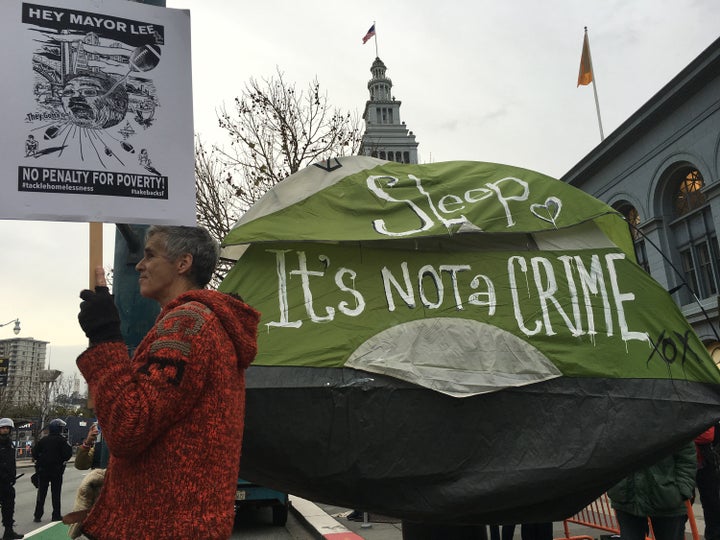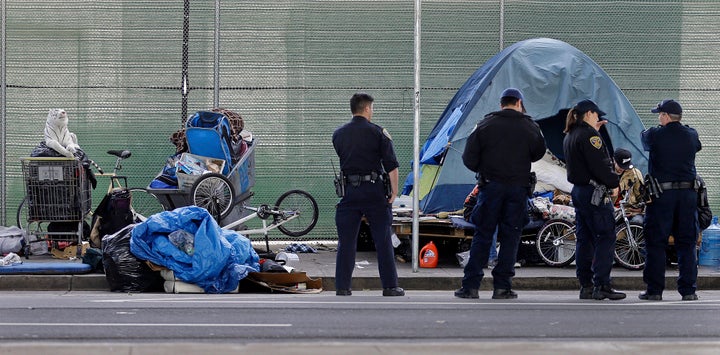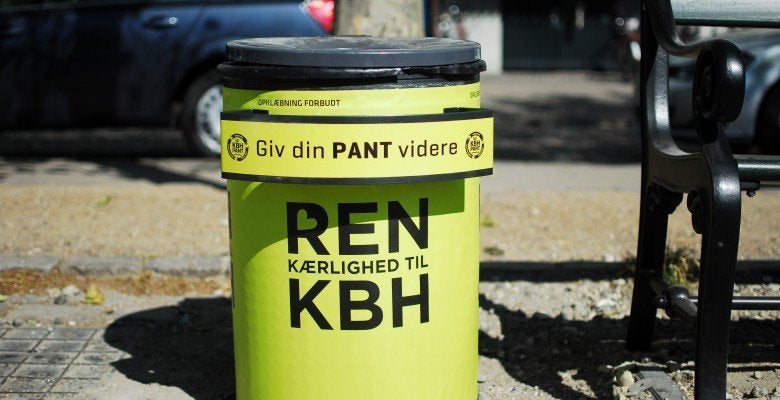In San Francisco, newspapers, TV and radio are joining forces to shine an extra bright spotlight on an issue that they can all agree is a critical one: citywide homelessness.
Media organizations in San Francisco, from The Chronicle to Mother Jones to KQED, are planning to flood the city with news on homelessness the week of June 29, the New York Times reports. The goal of the coordinated coverage is to place the problem of homelessness front and center for residents and policymakers, driving politicians to take action.
“We are all frustrated,” Jon Steinberg, editor in chief of San Francisco magazine, told the news outlet. “We are all fed up. We feel there is not enough movement and accountability on the issue. [...] We want the full force of the Fourth Estate to bear down on this problem.”

Homelessness is a major issue in the city: On a single night in January 2015, San Francisco had more than 6,700 unsheltered people, the eighth highest count in the country, according to the U.S. Department of Housing and Urban Development.
The number of homeless residents has risen steadily over the past decade -- despite the fact that the city has spent about $1.5 billion on homeless services in the last 10 years.
One contributing factor could be that the city spends resources on criminalizing homelessness, according to The Coalition on Homelessness. A report released last year found that San Francisco has passed more bans on homeless people’s activities than any other city in California, and argues that the city’s resources would be better spent on providing housing to homeless people.
Housing-first approaches have proven effective in neighboring Santa Clara, where a study found that homeless people cost the city an estimated $62,473 per year -- but after being given housing, that figure dropped to $19,767.

As part of the media campaign, the SF Chronicle will depart from traditional coverage the week of June 29, and publish four pieces exploring solutions to homelessness, such as building a mental health center, according to the Times.
This “solutions journalism” approach to coverage -- focusing not just on what’s going wrong, but also on potential solutions -- has gained traction in recent years.
“People need to hear about effective responses, so they can see possibilities and build upon them,” Keith Hammonds, the president of the Solutions Journalism Network, wrote in a blog. “Rigorous coverage of promising ideas will unleash creativity and make it more likely that effective models will realize their potential.”
Some of the SF media, however, aren’t going so far into the realm of advocacy, and are simply planning to ramp up their coverage on homelessness that week.
“I wasn’t going to try to figure out how to solve the homeless problem,” Aaron Pero, news director of KRON-TV, told the New York Times. “My vision was to send a number of reporters out and to find a profile that we could do every single day.”

